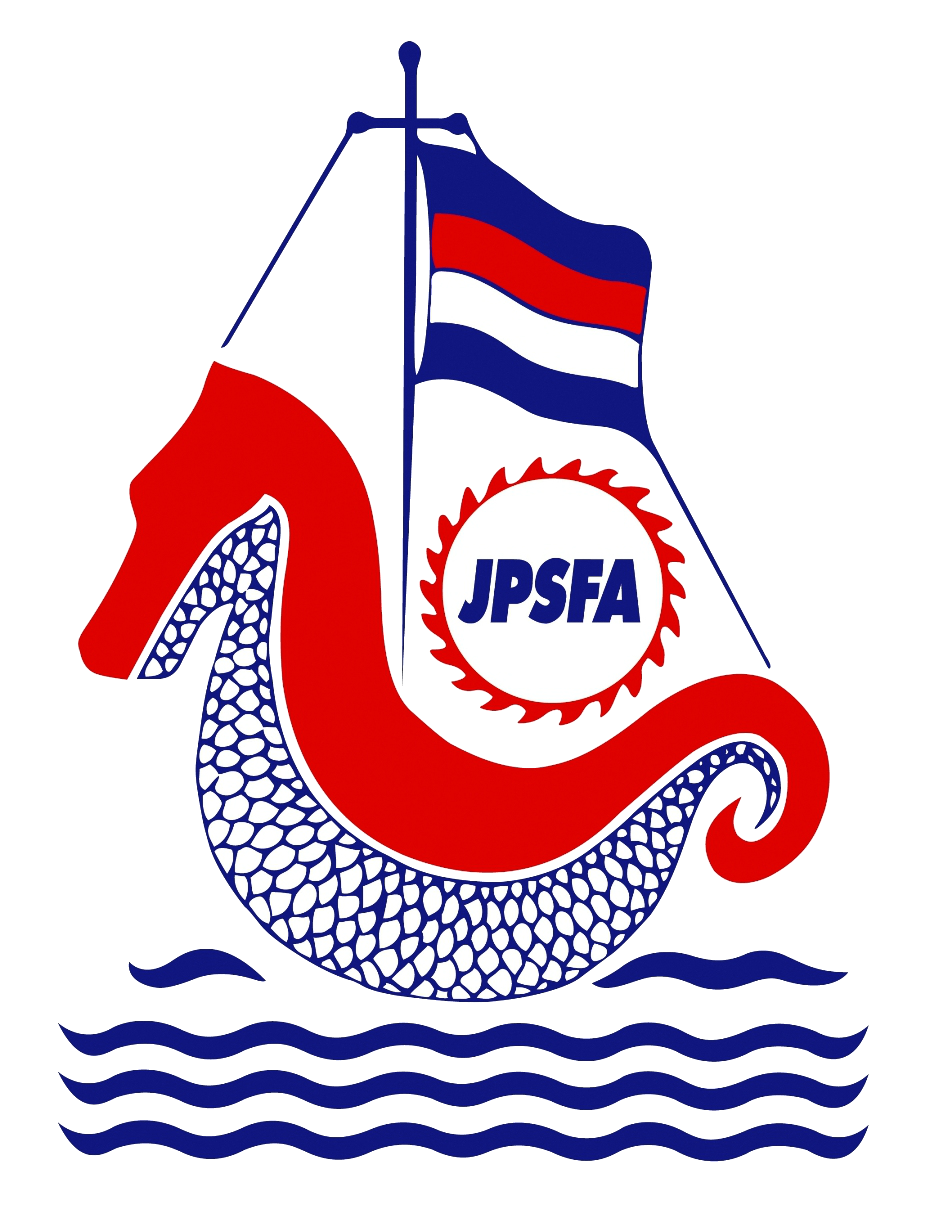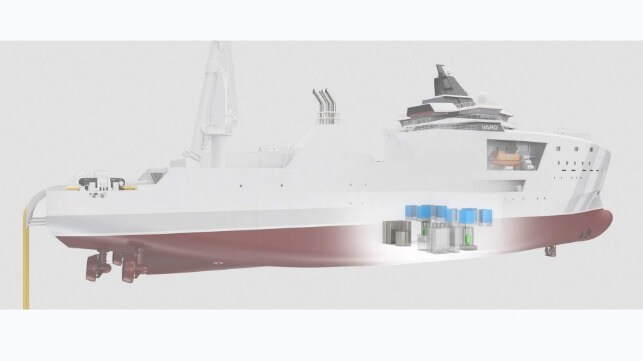Norway’s NuProShip (Nuclear Propulsion in Shipping) project is transitioning into its second stage as of January 2025 after having completed initial studies into Generation IV reactors. The project which launched in 2023 has the ultimate purpose to develop a commercially viable zero-emission technology for deep-sea ships.
The Research Council of Norway awarded nearly $1 million (NOK 10 mission) in support of the project which has also drawn support from some of the leading companies in the shipping industry. DNV is among the partners as is Knutsen Tankers, the Norwegian Maritime Administration, and Spanish nuclear consultancy IDOM. Shipbuilder VARD reports it is joining the second stage of the project, which is currently scheduled to run through the end of 2025.
The project started with a focus on approved designs with a power of 25 to 55 MW. In the first phase, it was studying the feasibility of different nuclear reactor concepts within the Generation IV domain. VARD reports there was an extensive assessment of concepts from 99 companies before three reactor types were selected for future study.
Two of the concepts use TRISO fuel participles which are billed as one of the most resilient nuclear fuel types available today. It would be used with a Fluoride high-temperature molten salt reactor which is reported to be a robust design that would provide efficient operation. A second is a helium-cooled gas reactor. The third concept is smaller variants of the lead-cooled reactor concept using uranium oxide as a fuel.
The shipping industry has shown increasing interest in the concept of nuclear-powered propulsion returning to concepts first explored nearly 70 years ago. The United States was successful in building a demonstration prototype passenger-cargo ship, the NS Savannah, but the nascent stage of the technology, concerns over the dangers of nuclear reactors, and the navy’s focus on nuclear propulsion limited the commercial applications. Russia is the primary user of nuclear propulsion for its icebreakers.
The next phase of the NuProShip project will be expanded to also include insurance companies to further explore the viability of nuclear technology in the shipping industry. The concepts defined in the first phase will be further analyzed during the second phase as they also study feasibility, safety, costs, waste, and other factors.
VARD reports its primary role involves the integration of the reactor concepts into various vessel types. It will be assessing the technical challenges to enable the future commercial use of nuclear-powered ships.
The third phase of the project calls for developing and testing a prototype. The conclusion will assemble all the insights and estimate the economic and environmental effects. It will outline the risks and future development needs to proceed with the concept of nuclear-powered merchant ships.

